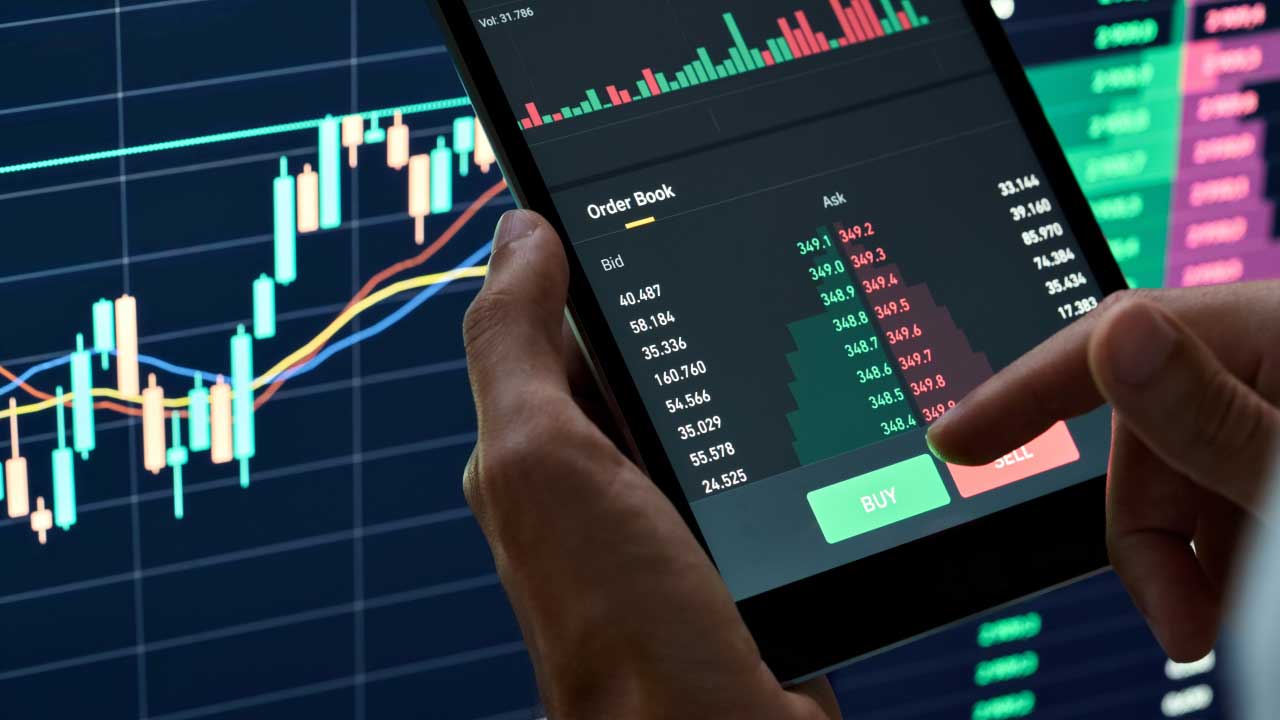VIX, or the volatility index, can measure stock market volatility and, in turn, help traders make better trading decisions. The volatility index provides traders with insights into near-term market conditions.
In this article, we discuss what VIX is and how it works:
What is VIX Volatility Index?
The volatility index, or VIX, indicates the volatility present in the stock market. Previously known as the Chicago Board Options Exchange (CBOE) volatility index, it measures how much volatility the S&P 500 will experience in the next 30 days
It is also referred to as implied volatility by traders. It is implied because VIX tracks the options market, where traders can speculate on the future performance of different market indices and securities.
When VIX is on a decline, it can be because traders are betting on smaller price movements, which implies less certainty in the market and more calmness. Traders should note that volatility is essentially a statistical measure of price changes in an index or security.
Why trade the VIX?
VIX has a strong inverse correlation with the stock market. That is exactly why VIX has become a popular option among traders and investors for hedging and diversification purposes.
By taking up a position on the VIX, traders can balance out their stock positions in their portfolio and hedge the overall market exposure.
Even when traders take up a position on VIX, expecting the volatility to increase and it doesn’t, they would still potentially balance out their positioning by gaining from their stock positions.
Its important to note that VIX itself does not accurately measure volatility. It only measures implied volatility. In other words, VIX measures how much the present traders are willing to pay in order to trade the S&P 500. Since it does not directly measure volatility, there are risks associated with VIX trading.
Traders should by take into account the benefits of incorporating the VIX for hedging and diversification as well as the possible risks linked with its volatility. Also known as a fear gauge, VIX can rise in times of market uncertainty or volatility. Though, there can also be times when it experiences a sharp decline even when the market conditions are stable.
How is volatility measured with VIX?
As mentioned above, the VIX has a strong inverse correlation with the stock market returns. So, when the volatility index moves up the charts, there is a chance S&P 500 prices may fall due to the investors’ fears increasing.
Similarly, when the VIX starts declining, S&P 500 may get more stable as investors feel more confident. It is important to note that trading volatility is not the same as trading a market downturn because it is still possible for the market to end up declining even when the overall volatility is low.
Volatility measures the price fluctuations of assets instead of the asset's actual price. That means when trading volatility, the focus isn’t on the direction of the asset’s price change. Instead, the focus is on how much the price of an asset has moved and how frequently the movement happens.
As a result, VIX is measured in percentage points. Here are some guidelines on what each level of VIX implies about volatility.
VIX 0-12: At these levels, the overall volatility is considered to be low
VIX 13-19: The volatility is considered to be normal or average
VIX 20 or higher: When VIX is measured at over 20, the market volatility can be expected to be higher than normal for the next 30 days. Usually, this level of VIX is reached when there are some signs of market concerns or stress, like a recession or an economic slowdown.
For instance, due to the pandemic and lockdowns, VIX rose to a record-breaking 82.69 in March 2020, surpassing the previous VIX high of 80.86 in 2008 during the global market crash and financial crisis. Though usually, the levels of VIX stay somewhere between 10 to 30 only.
At the same time, it's important to remember that these are guidelines only, and the VIX levels can change over time. So, what may be considered a low VIX level today could quickly be followed by extreme volatility.
For S&P 500, VIX can predict tops and bottoms. When VIX reaches extreme highs, it can be a sign of bullish pressure on the stock market index.
How to trade VIX?
Just like other indices, when trading VIX, traders don’t directly trade an asset as there is no physical asset to trade. Instead, it's possible to trade VIX through other derivative financial products.
VIX ETFs
Traders can purchase VIX Exchange Traded Funds (ETFs) to track the index, speculate on its future changes, or use it as a hedging tool.
VIX CFDs
Traders can also use CFDs (Contract for Differences) to take a position on the movement of the VIX index. A CFD is a financial contract that pays the trader the differences in the price of the opening and closing trades.
Final words
VIX, or volatility index, can effectively measure market expectations about future volatility. Since VIX can rise during market stress, it can be a useful heading tool for traders. By taking up a position on VIX, traders can effectively balance their stock market positions and decrease the overall risks involved, even when the market gets highly volatile.
Traders should carefully assess their risk tolerance, conduct thorough research, and use appropriate risk management strategies when incorporating the VIX into their trading strategies.
Disclaimer: All material published on our website is intended for informational purposes only and should not be considered personal advice or recommendation. As margin FX/CFDs are highly leveraged products, your gains and losses are magnified, and you could lose substantially more than your initial deposit. Investing in margin FX/CFDs does not give you any entitlements or rights to the underlying assets (e.g. the right to receive dividend payments). CFDs carry a high risk of investment loss.




